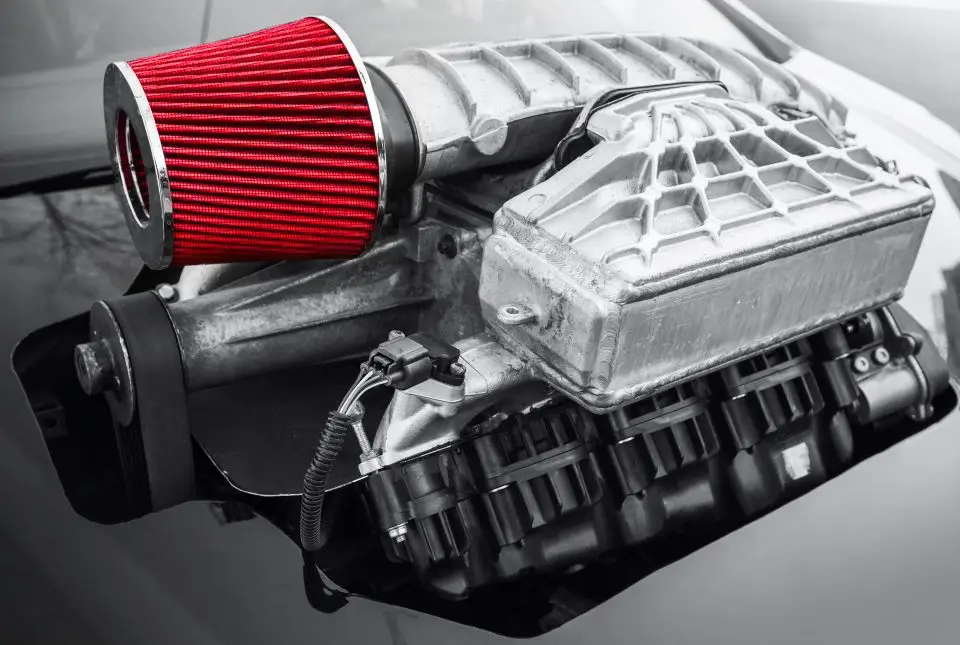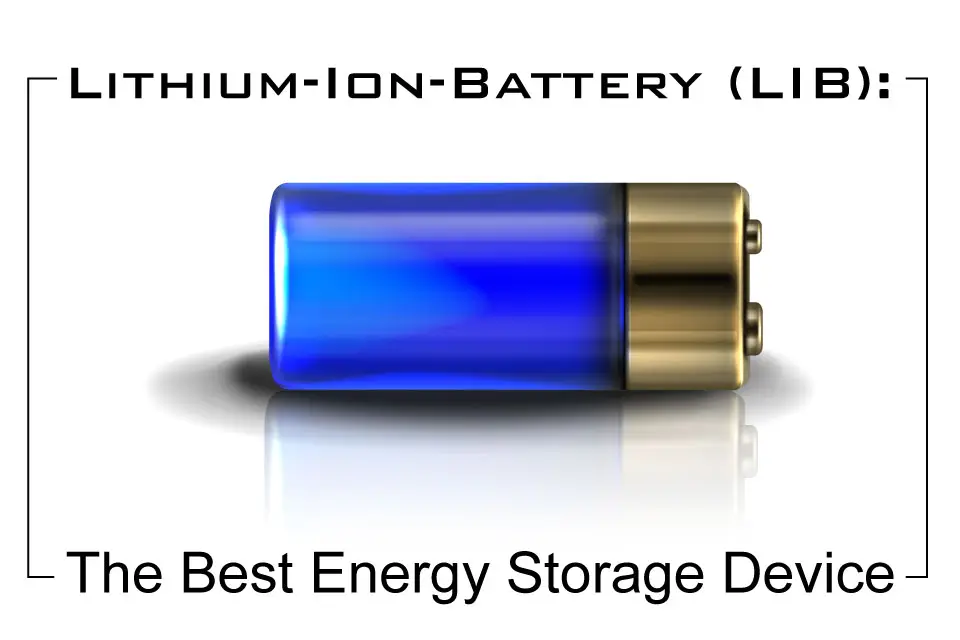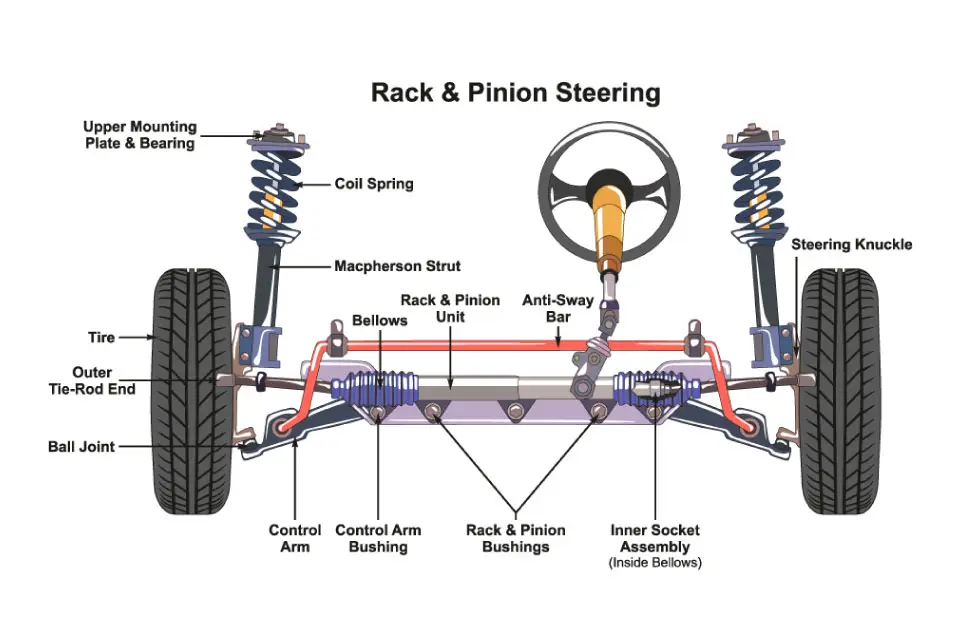When exploring vehicle options these days, likely you are on a mission to compare the differences between a turbocharger or a supercharger, especially if your goal is a vehicle with high performance and fuel efficiency. These two machines use forced induction, which is the process of increasing the amount of air entering an engine in order to boost power output.
Although both systems serve a similar purpose of increasing engine performance, it is important to understand the distinctions between the two as they function through different mechanisms.
How Each Uses Forced Induction
Forced induction refers to the use of a compressor to push more air into the combustion chamber than atmospheric pressure alone can provide. This results in a more powerful explosion, allowing the engine to generate more power from the same displacement. (In a naturally aspirated engine, air is drawn into the combustion chamber through atmospheric pressure and piston movement. This limits how much air, and fuel can enter the chamber, thereby limiting the engine’s power output.)
| Turbocharger | Supercharger | |
|---|---|---|
| How Forced Induction Is Used | A turbocharger operates using the energy of the engine’s exhaust gases. | A supercharger is mechanically powered by the engine itself, typically through a belt connected to the crankshaft. |
| How Each Operates | A turbocharger consists of two key sections: the turbine, which is driven by exhaust gases leaving the engine, and the compressor, which draws in fresh air, compresses it, and forces it into the engine. The turbine and compressor are connected by a shaft. As exhaust gases spin the turbine, the compressor simultaneously draws in and compresses intake air. | As the engine turns, the belt drives the supercharger, which compresses and forces air into the engine. |
| Benefits | A turbocharger system recycles waste energy, making it highly efficient in providing high-end performance. | Superchargers deliver instant power, as they respond directly to engine speed without delay. |
Power Delivery Characteristics
The difference in how a turbocharger system or a supercharger system is powered significantly affects how they each deliver their power.
| Turbocharger | Supercharger | |
|---|---|---|
| Power Delivery | Powered by exhaust gases, the power builds gradually as exhaust pressure increases with engine speed. | Powered by the engine crankshaft, the power is delivered instantly whenever the engine is running. |
| Throttle Response | May exhibit a slight delay known as turbo lag before boost pressure fully develops. | Provides immediate boost with no lag, delivering power as soon as the throttle is engaged. |
| Best Use Case | Well-suited for high-speed performance and improving fuel efficiency. Commonly used in modern engines designed to meet emissions and fuel economy standards. | Ideal for applications that require instant throttle response and strong low-end torque, such as drag racing, performance driving, and heavy-duty towing. |
Efficiency and Fuel Consumption
Compare the benefits of a turbocharger and a supercharger when it comes to fuel efficiency and consumption. Both have distinct effects on operating costs.
| Turbocharger | Supercharger | |
|---|---|---|
| Efficiency | Turbochargers are generally more fuel-efficient as compared to superchargers. | Superchargers, because they draw power directly from the engine, they are less efficient. |
| How They Use Energy | Turbochargers use waste exhaust energy, which helps in improving the overall engine efficiency and reduces fuel consumption, particularly in smaller engines designed for modern vehicles. | While superchargers offer an immediate boost, they tend to increase fuel consumption compared to turbocharged or naturally aspirated engines. |

Emissions and Environmental Impact
Turbochargers and superchargers can be distinguished based on their effects on the environment.
| Turbocharger | Supercharger | |
|---|---|---|
| Emissions and Environmental Impact | Turbocharged engines are widely used in today’s vehicles because they enable manufacturers to build smaller, lighter engines with lower emissions that still deliver high performance. This helps to meet the strict environmental regulations. | Superchargers, while effective for performance, are less efficient and less environmentally friendly due to their higher fuel consumption and mechanical load. |
Installation and Maintenance Complexity
Installation requirements and maintenance complexity vary significantly between a turbocharger and a supercharger.
| Turbocharger | Supercharger | |
|---|---|---|
| Installation | Turbochargers require complex exhaust routing, heat shielding, and intercooling systems. | Superchargers are typically simpler to install and easier to maintain. |
| Maintenance | This makes them more technically complex and demanding in terms of thermal management and maintenance. | Their direct mechanical connection reduces complexity but increases engine wear over time due to the additional load. |
Cost and Application Suitability
Turbochargers are now the industry standard for balancing performance and fuel efficiency, while superchargers are preferred in specialized applications where responsiveness and simplicity are more important than efficiency.
| Turbocharger | Supercharger | |
|---|---|---|
| Common Usage | Passenger cars, hybrids, smaller engines | Performance cars, racing, towing |
| Efficiency Focus | High | Moderate |
| Performance Priority | Mid- to high-end RPM range | Low-end torque and instant acceleration |
| Cost | Generally lower in mass production | Often higher, especially in aftermarket setups |
Conclusion
Although both turbochargers and superchargers enhance engine performance by increasing the volume of air entering the combustion chamber, they do so in different ways and serve different purposes. When you compare the differences between a turbocharger and a supercharger, you can begin to understand the operational differences, benefits, and limitations of these two systems. This knowledge allows engineers, mechanics, and even everyday drivers to make informed decisions, whether for vehicle selection, performance upgrades, or engine tuning.
Interested in learning more? Check out our THORS Academy course, Turbocharger Basics today!



